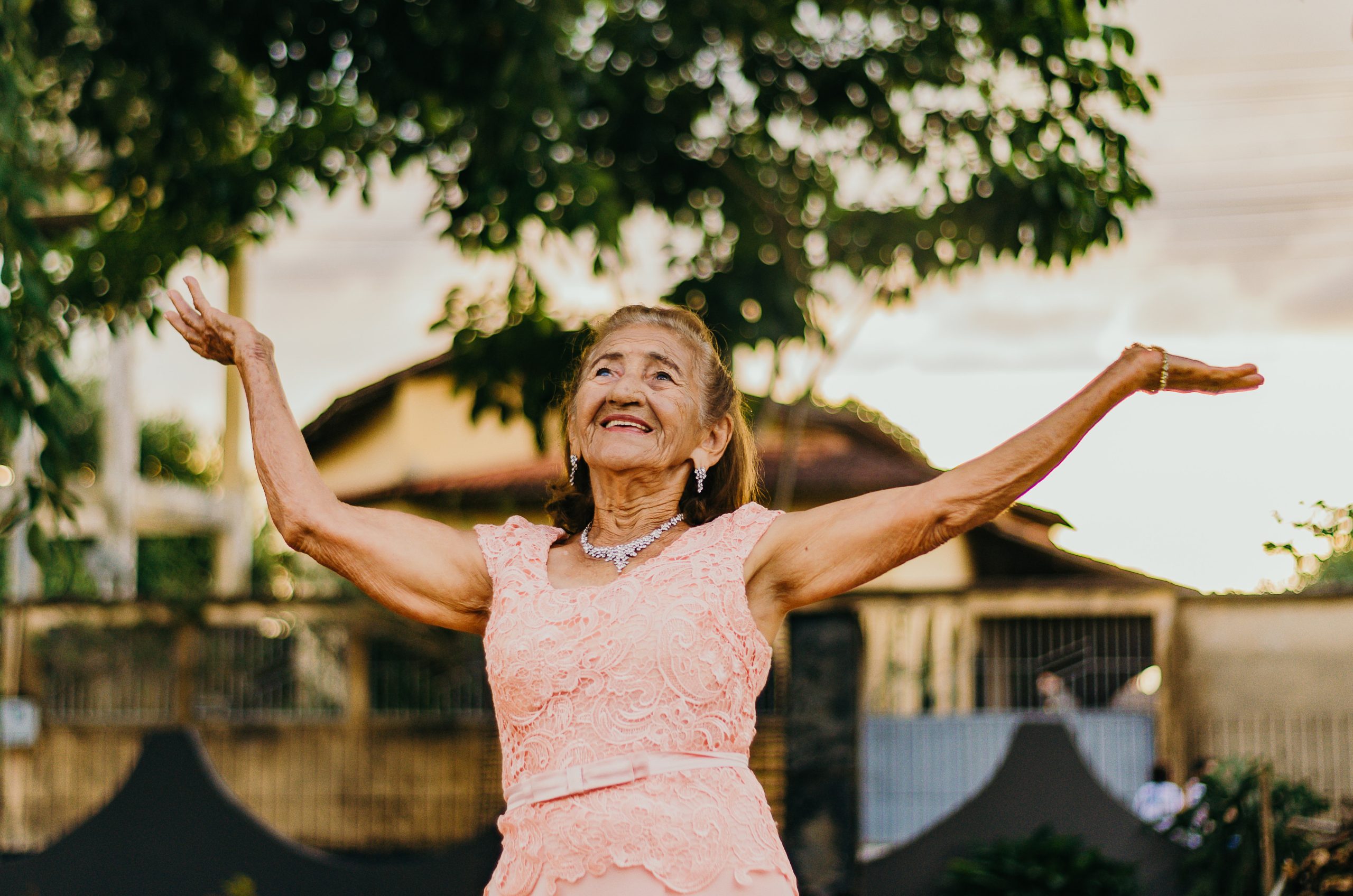The Latest Innovations in Fall Prevention Technology

The image is not directly related to the article. It merely symbolizes the life of elderly people.
Falls are a leading cause of injury and even death among older adults. According to the Centers for Disease Control and Prevention, one out of every four adults aged 65 and older falls each year. With the aging population growing rapidly, there is an increasing need for innovative solutions to prevent falls and protect the elderly from serious injuries.
Fortunately, there have been significant advancements in fall prevention technology in recent years. These innovations aim to provide older adults with the tools they need to stay safe and independent in their own homes. Here are some of the latest developments in fall prevention technology:
1. Smart sensors: Smart sensors are small devices that can be placed around the home to monitor a person’s movements and detect any unusual activity. These sensors can track a person’s gait, balance, and posture, and alert caregivers or medical professionals if there is a risk of falling. Some smart sensors can even predict when a fall is likely to occur based on changes in a person’s behavior.
2. Wearable devices: Wearable devices, such as smart watches and fitness trackers, are becoming increasingly popular for fall prevention. These devices can track a person’s activity levels, heart rate, and sleep patterns, and provide alerts if there is a sudden change in these metrics that could indicate a fall. Some wearable devices also have built-in emergency response buttons that can be pressed in case of a fall or other medical emergency.
3. Virtual reality training: Virtual reality training programs are being used to help older adults improve their balance and coordination, reducing their risk of falling. These programs simulate real-life scenarios in which a person must navigate obstacles and uneven surfaces, allowing them to practice their balance and mobility in a safe and controlled environment. Virtual reality training has been shown to be effective in improving balance and reducing the risk of falls in older adults.
4. Fall detection systems: Fall detection systems are devices that can automatically detect when a person has fallen and alert emergency services or caregivers. These systems can be worn as a pendant or bracelet, or installed as part of a smart home security system. Some fall detection systems can even automatically call for help if a fall is detected and the person is unable to do so themselves.
5. Home modifications: In addition to advanced technology, simple home modifications can also help prevent falls among older adults. Installing grab bars in bathrooms, removing tripping hazards such as rugs and clutter, and improving lighting in hallways and stairwells can all make a significant difference in reducing the risk of falls.
Overall, the latest innovations in fall prevention technology are providing older adults with more options to stay safe and independent as they age. By incorporating these technologies into their daily lives, older adults can reduce their risk of falling and maintain their quality of life for longer.
The image is not directly related to the article. It merely symbolizes the life of elderly people. Falls are a leading cause of injury and even death among older adults. According to the Centers for Disease Control and Prevention, one out of every four adults aged 65 and older falls each year. With the aging…
Recent Posts
- Empowering Caregivers: The Best Online and Offline Resources to Enhance Your Skills
- Traveling with a Purpose: The Rise of Volunteer Vacations
- Breaking Stigma: Dispelling Myths about Mobility Aids and Disability
- Avoiding Probate: How Trusts Can Simplify the Estate Settlement Process
- Senior Citizens Beware: Common Financial Scams and How to Stay Protected

